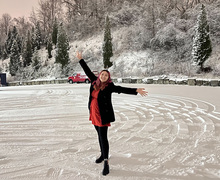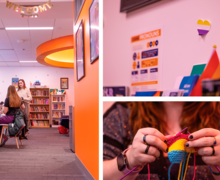New York state receives C- grade for infrastructure
In the first Report Card for New York’s Infrastructure, the state of New York earned a cumulative grade of C- from the New York Council of the American Society of Civil Engineers.
After assessing a total of nine categories, the report found that New York’s roads and bridges are the most in need of repair, with the two categories receiving a D- and a D+, respectively. The state’s roads and bridges received these low grades due to their state of deterioration and lack of adequate funding to improve conditions, according to the report.
Another category that received a low grade of D was wastewater.
However, both the parks and solid waste categories each earned a B-, which was the highest grade New York received from the report.
Other categories in the report include aviation (C), dams (C-), drinking water (C) and transit (C-).
In the report, several challenges facing New York’s infrastructure were highlighted:
- The three airports servicing New York City account for a majority of the nation’s airport delays.
- The majority of New York state’s 17,000 bridges were built in 20th Century, with more than 50 percent of the bridges more than 75 years old. The average age of a bridge in the U.S. is 42 years old.
- The average New York City area commuter — which accounts for half of New York state’s population — spends 53 hours per year sitting in traffic.
- A total of $6.3 billion statewide is spent by motorists due to poor road conditions and traffic congestion. Syracuse motorists spend an average of $477.
- New York state spends only 20 percent of what is needed to modernize the wastewater system.
- One in four New York wastewater facilities are operating beyond their 30-year useful life expectancy.
Bud Griffis, New York report card committee chair, said in the report that as one of oldest states in the country, New York has aging infrastructure that serves a constantly growing population.
“The Report Card shows that our infrastructure is only as good as the weakest links and that we have a lot of areas that need improvement,” Griffis said.
Published on September 29, 2015 at 7:33 pm
Contact Sara: smswann@syr.edu | @saramswann





